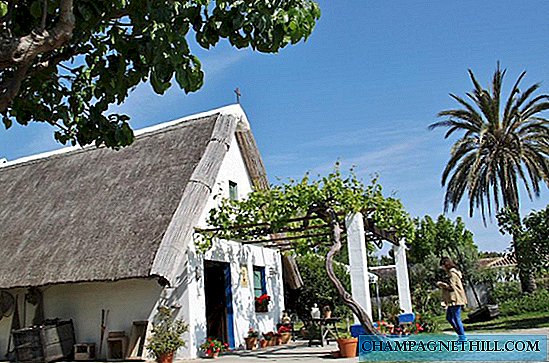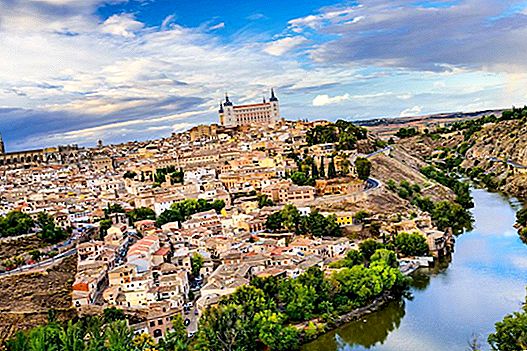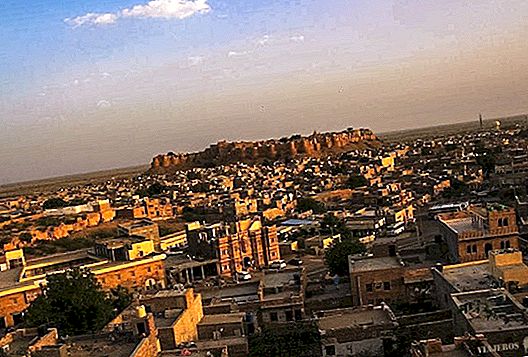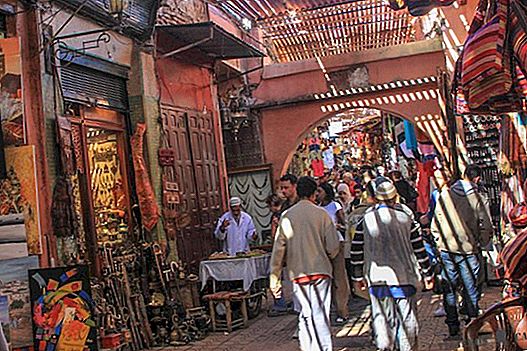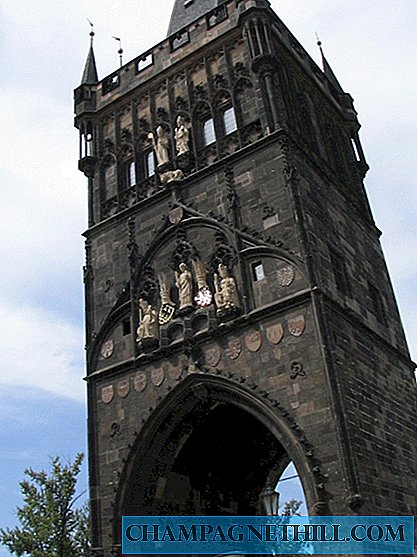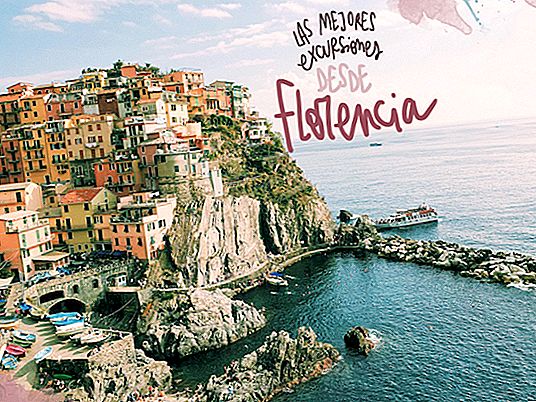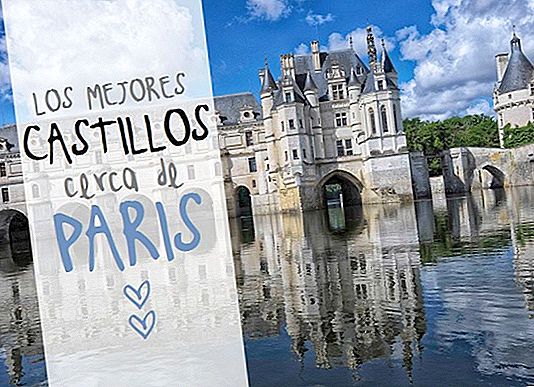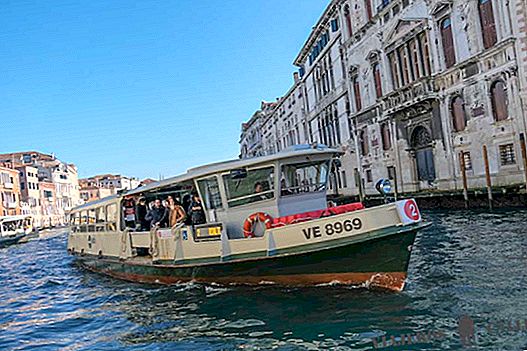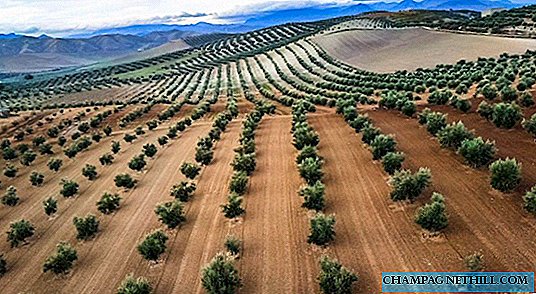
Landscapes of olive trees in the province of Jaén in Andalusia
Know her province of Jaén is to enter the world of olive oil, and in lands with seas of olive trees where the view does not reach and time stops in its olive groves.
A way of life around oil, where thousands of families look at the countryside with their land full of olives.
In addition to having beautiful places to know as Úbeda, Baeza and the same capital, Jaen It is the world's leading producer of olive oil.

Olive tree in the province of Jaén in Andalusia
This makes it almost essential that if you are going to make a route through their lands, you consider visit some oil mill, and also some olive tree museum to know how this precious liquid is made.
You can also participate in a oil tasting that will help you differentiate with knowledge the types of oil that exist in the market, so that when you buy it, you know what you are paying.
He best quality oil It's of Extra Virgin Olive, which has a high content of monounsaturated fatty acids, which makes it a unique food for health.
Both the oil of Virgin Olive As the Extra Virgin They provide natural antioxidants, and it is the only oil that naturally, without using chemicals, is achieved by squeezing the fruit of a tree.
Jaén oleotourism route
From the hand of Olive Oils from Spain We have had the opportunity to know the whole production process of this wonderful food that we are lucky to enjoy in our country.

Olives in a mill in Jaén
It has been through aoil tourism route through the province of Jaén which has allowed us to deepen the keys of this essential product in the Mediterranean diet, in addition to savoring it.
Next we will indicate what mills to visit in Jaén during this oleotourism trip, as well as interesting museums on this subject.
Visit of the San Francisco oil mill
A key stage of the trip is the visit of an oil mill, asSan Francisco olive, which is located in Begíjar, close to those mentionedÚbeda Y Baeza, in the heart of the District of the Hill.
This family mill It was founded in 1927, but it was about 30 years ago when it really gained momentum and opted for new ways of olive oil production, when Manolo Rus Y José Jiménez They took care of her.
Currently it has become the first tourist oil mill in the province of Jaén, being a benchmark in oleotourism, with both national and international awards, and betting on developing a Extra Virgin Olive oil of maximum quality.

Oleicola de San Francisco in Jaén
If you want to know the history, traditions and customs in the production of olive oil, as well as endless curiosities, here you can take a tour of this incredible world.
This tour begins by teaching you how this oil was traditionally made, from the moment the olives arrived at the oil mills.
You will see the old presses and the old cellar, as well as a projection that will transport you to past eras to see how the oil was then produced.
Then they will show you how it is produced today by applying the latest technologies for oil extraction.
The visit ends with a olive oil tasting, so you will taste three different types of the range Extra Virgin Olive gourmet known asEssential Olive, Which is the highest quality.
In the outside area of the factory you can see, during the harvest season, how the trucks are unloaded and how the leaves are separated by rails, they are cleaned, sorted and prepared for pressing.

Landscapes of olive trees in the province of Jaén in Andalusia
Here you have all the information to sign up for Guided tours of the San Francisco oil mill, which are made every day always with prior reservation, with a duration of approximately one and a half hours.
Also offeroil activities related to the incredible world of oil, whether gastronomic, cultural or with a relax circuit and spa.
Visit of theAlmazara Our Lady of Pilar
Another visit you can do on your Jaén oleotourism route is that of the Almazara Our Lady of Pilar.
Located in Villacarrillo, It's about the largest and most prestigious oil cooperative in the world, which began its activity in 1966 with small facilities.
Today the cooperative has 1,709 active members and has an extension of 14,000 hectares of olive groves in which one and a half million olive trees are planted from which about 13 tons of oil are extracted per year.

Cooperativa Agraria Nuestra Señora del Pilar in Jaén
Group olive growers of 18 municipal terms, and together with 15 other cooperatives form the 2nd grade cooperative Jaencoopthat markets the oil Cazorliva.
The facilities of this cooperative are of the latest technology, being all digitally controlled, and the movement on days of collection is incessant.
If you have previously visited a family mill as mentioned above San Francisco, you will be surprised by the proportions, because here everything is multiplied by 18.
In the visit of the oil mill The first thing you are going to see is where the trucks loaded with olive trees arrive, with up to 18 reception lines, in which the olive is cleaned and selected, always with chips that identify which olive grove they come from.
In the manufacturing plant is where the olive is pressed and centrifuged to obtain the oil before storage.
It is really impressive to see the 156 stainless steel tanks that the winery has.
The predominant olive is that of the variety Picual, although in this mill the variety is increasing Arbequina.

Museum of Olive Culture in Puente del Obispo in Jaén
Guided tours are in a group, and here you can contact to join one of the groups to visit the mill Our Lady of Pilar.
Olive Culture Museum
In you oil tourism route you also have the opportunity to visit the Olive Culture Museum, which is located in the Hacienda La Laguna, in a privileged place in the nearby wetlands of Natural Site of the Laguna Grande.
This estate in the seventeenth century belonged to the Jesuits and then to the Ducal House of Alba.
In the first half of the nineteenth century the businessman bought it José Manuel Collado y Parada, who later wasMinister of Finance and Development, becoming Marques of La Laguna in 1862.
He made many improvements to the farm, such as the construction of a warehouse, with huge semi-buried tanks that today has shown how the oil was stored, and is very curious to see.

Museum of Olive Culture in Puente del Obispo in Jaén
The museum also shows you, with many models and old objects, how the oil was traditionally made.
You can see special pieces, such as a Beam and Quintal Press which is one of the oldest known presses, and whose operation is based on the physical law of the lever.
It is a huge beam, which was the most used olive oil extraction system in the 17th to 19th centuries.
Another curious thing you can see in the museum is theAlhorí Press of the nineteenth century, which was moved in a circle by animals, and thus the olive was crushing and extracting the oil.
You will also see the Tower Press, which was much less used than the beam, and used large stones that by gravity fell on the covers where the paste resulting from the ground of the olive was.
Both the environment and the interior of the museum will introduce you to what has been for centuries a way of life and the basis of a people's culture.

Museum of Olive Culture in Puente del Obispo in Jaén
It is convenient book the visit, and you can also ask about the different temporary activities they have.
He Museum of Olive Culture is located in Bishop's Bridge, near Baeza, and the visiting hours are, in the morning, from 10.30 to 13.30 hours, and in the afternoons it varies according to the time of the year.
The price of the ticket without a guided tour is 4.50 euros, with discounts for children and retirees.
Here you can consult in detail the schedules and ticket prices of the Olive Culture Museum.
Olivar and Oil Interpretation Center of the Province of Jaén
The oletourism route you can complete it with the visit of the Interpretation Center of the Olive and Oil of the province of Jaén, which depends on the association of the same name whose purpose is to disseminate knowledge about the world of oil.

Olivar and Oil Center in Úbeda in Jaén
This association is located in the city of Úbeda and it is formed by more than 70 partners, being also a training center in EVOO for different market sectors.
During the tour of interpretation Center you will get to know the different varieties of olives, how it was made and how it is currently made Extra Virgin Olive Oil, as well as the different uses it has and the health benefits.
You will be surprised in addition to the flavors and smells that you will perceive, with the cosmetic line that it has.
How is an olive oil tasting
In the center there are gastronomic demonstrations of cooking, both traditional and latest trends, of course with olive oil as a star in the preparation of the dishes.

Oil tasting in Centro del Olivar y el Aceite in Úbeda
The olive oil tasting It is done in the blue containers that are used for official tastings and will show you how to taste the oil and its differences.
If you have not yet participated in a tasting, I will tell you that the container must be heated with the hands before tasting and smelling the oil, so that it takes a certain temperature and maintains maximum flavor.
After visiting the center and trying a guided tasting, you will not see the olive oil in the same way and you will learn to differentiate the qualities of the different oils that are in the market.
The oil tasting duration It is one hour, and they take place from Tuesday to Saturday, at 6 in the afternoon, and if you want to go on a Sunday, you should check availability.
Here you have all the detailed information about schedules and prices at the Interpretation Center of Olive and Oil, but I anticipate that the price of general admission is 3.50 euros, and the oil tasting, 10 euros per person.
In this way we hope to have encouraged you to meet not only Jaén and its provincebut its natural wealth, the Extra Virgin Olive Oil.

